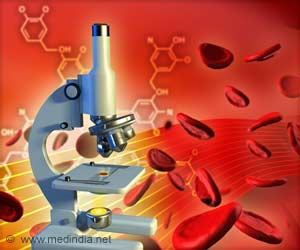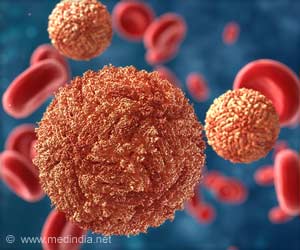The mechanism behind the working of anti-cancer drug called tetrathiomolybdate (tm) has been revealed by Washington, researchers from Northwestern University.
The mechanism behind the working of anti-cancer drug called tetrathiomolybdate (tm) has been revealed by Washington, researchers from Northwestern University.
The drug has previously been shown to be effective in treating Wilson disease, a disease caused by an overload of copper, and certain metastatic cancers. However, little is known about how the drug works at the molecular level.Copper is an important cofactor for tumor angiogenesis, the process of growing new blood vessels to feed the tumor. Researchers believe this is why tetrathiomolybdate has shown promise as an anti-cancer drug.
In the new study, researchers found that three-dimensional structure of TM bound to copper-loaded metallochaperones. The drug sequesters the chaperone and its bound copper, preventing both from carrying out their normal functions in the cell.
For patients with Wilson disease and certain cancers whose initial growth is helped by copper-dependent angiogenesis, this is very promising.
Researchers hope that the new findings would opens the door to the development of new classes of pharmaceutical agents based on metal trafficking pathways, as well as the further development of more efficient TM-based drugs.
"Essential metals are at the center of many emerging problems in health, medicine and the environment, and this work opens the door to new biological experiments," said Thomas V. O'Halloran, the study's senior author and the Charles E. and Emma H. Morrison Professor of Chemistry in the Weinberg College of Arts and Sciences at Northwestern.
Advertisement
"The drug brings three copper chaperones into close quarters, weaving them together through an intricate metal-sulfur cluster in a manner that essentially shuts down the copper ferrying system," O'Halloran added.
Advertisement
"We conclude that the biological activity of tetrathiomolybdate does not arise from a simple copper sequestering action but through a disruption of key protein-protein interactions important in human copper metabolism," said Alfonso Mondragsn, professor of biochemistry, molecular biology and cell biology in the Weinberg College of Arts and Sciences.
The study is published in Science Express.
Source-ANI
RAS











